Last Diggers exit Kabul under shroud of secrecy
Little more than a century after the last Anzacs left Gallipoli under the cover of darkness, the final troops have withdrawn from Afghanistan under a blackout of a different kind.
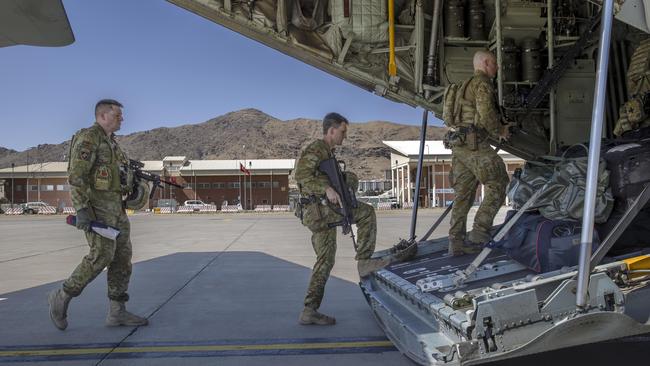
Little more than a century after the last remaining Anzacs stepped off the Gallipoli peninsula under the cover of darkness, the final Australian Diggers have withdrawn from Afghanistan under a blackout of a different kind.
The Australian Defence Force on Sunday confirmed it had repatriated the last six Australian soldiers to serve in the nation’s longest-running war in a top-secret mission known only to the military top brass and among the highest levels of government.
Between the Joint Operations Command in Bungendore, NSW, and the Joint Task Force 633 in the Middle East, the military planners executed a covert tactical exit strategy at 3.30pm on Friday, June 18, but kept the operation under wraps for almost four weeks.
The stealthy withdrawal from the war-torn Asian country after 20 years of “boots on the ground” was considered necessary to safeguard the lives of any Australians remaining in the capital, Kabul, along with Afghan nationals employed at the Australian embassy.
As those last six soldiers solemnly strode aboard an RAAF C130 at the Hamid Karzai International Airport in Kabul after loading the remaining detritus of a decades-long war their nation was no longer willing to wage, they were met by Commander of the Joint Task Force 633 in the Middle East, Rear Admiral Michael Rothwell, who congratulated them on their commitment and on a job well done.
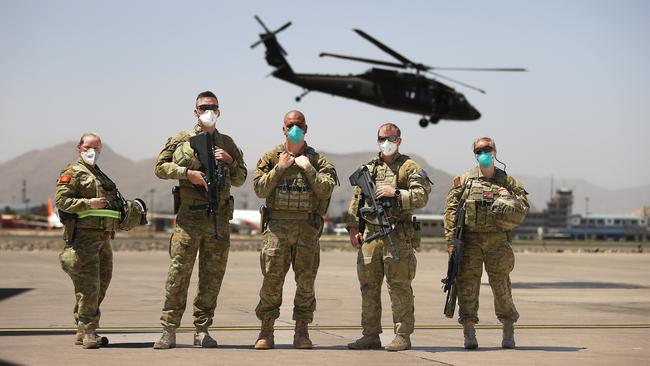
It was, he said, the end of an era.
“The Prime Minister of Australia announced in April that in co-ordination with US and NATO, Australia would withdraw from Afghanistan by no later than September,” Admiral Rothwell said.
“This is now completed”
“Our contributions have been significant and meaningful, including contributions right across the NATO-led Resolute Support Mission. Through these contributions, we have helped improve the security for millions of Afghans.”
Brigadier Todd Ashurst – the ranking Australian military officer to depart Afghanistan on the last flight out – carried with him the Australian flag flown at the NATO headquarters in Kabul and the final memories of conflict that claimed the lives of 41 Australian Defence Force personnel.
Flanked by Corporal Carl Conroy, Corporal “Johnno” Perez, Captain Adam Blue, Warrant Officer Class Two Glenn Herbert and Major Matt Hamill, he paused to consider what they had achieved and at what cost.
“We needed to make sure that when we left, we did it in the best way possible to maintain Australia’s exceptional reputation among our coalition allies and in Afghanistan,” Brigadier Ashurst said. “We are standing on the shoulders of approximately 39,000 veterans that have deployed to Afghanistan.
“As 20 years of Australian involvement in Afghanistan comes to a close, we reflect on our achievements as part of the coalition and remember the 41 Australian soldiers who lost their lives here.”
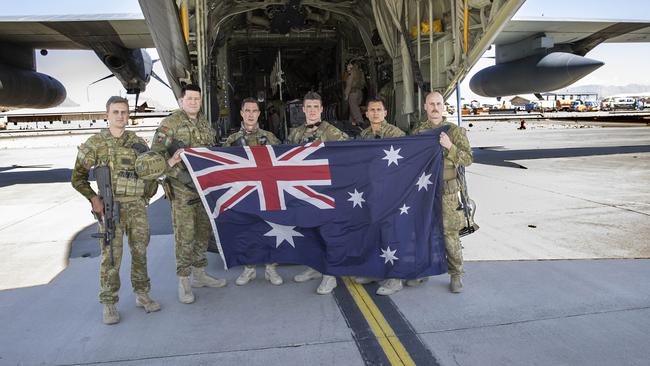
As the ground crew worked frantically to prepare the aircraft for departure, the heat was intense. Sweat was pouring off everyone on board.
The massive engines screamed into life; the noise was intense as the crew went through their checklist. Then the rear ramp closed, and the plane taxied away from its holding area.
For those on board, it was an anxious moment. Finally, at the end of a tense deployment serving their country, they now head home to Australia to spend time with family and friends.
The Australian troops departed Afghanistan much earlier than expected and much sooner than Scott Morrison had announced earlier this year: “In line with the US and other allies and partners, the last remaining Australian troops will depart Afghanistan in September 2021.”
American troops also left early.
US President Joe Biden previously said the US would withdraw its 2500 troops from Afghanistan by September 11, 20 years after al-Qa’ida struck them on home soil.
Last Thursday, US government officials confirmed all its troops – except for 650 who will remain to protect embassy staff – had also departed Bagram Air Base, sounding the end of US operations in Afghanistan.
The war also cost the lives of 2442 US soldiers, 3800 private security contractors, 1133 coalition soldiers and more than 47,000 Afghan civilians and 70,000 ANA soldiers.
The loss of those lives was a high price to pay.
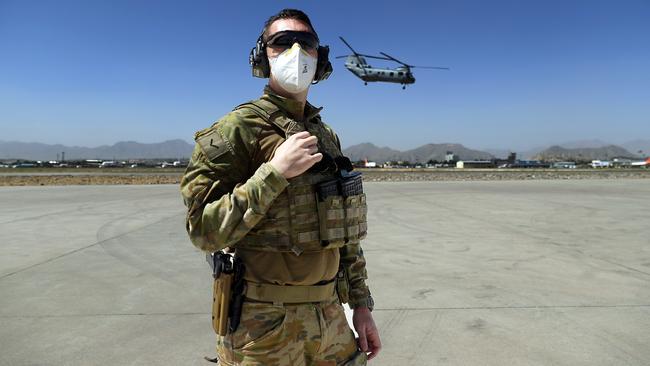
The ADF’s original mission had been to deny al-Qa’ida and other terrorist cells a safe sanctuary to train and conduct terrorist operations against the West and coalition forces.
Over the years, the mission evolved from a combat role to training, advising and assisting the Afghan Security Forces.
It was supposed to enable the ASF to stand on its own two feet with an end state of achieving a free and democratic Afghanistan.
At a press conference in April, the Prime Minister said the campaign was worth the sacrifice. “Freedom’s always worth it. Australians have always believed that. That’s why Australians who have serviced in our Defence Forces have always pulled on that uniform,” he said.
The legacy of the war is already in doubt. Since the departure of all coalition forces, violence has rapidly escalated. There has been a notable increase in the attacks against Afghan security forces.
The Taliban territorial gains are escalating fears that the government of President Ashraf Ghani and Abdullah Abdullah, chair of the High Council for National Reconciliation, and its military, could implode in months.
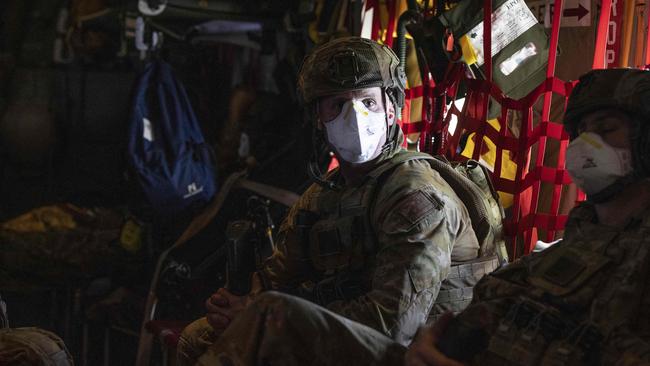
In recent days, the Taliban is even said to have captured Afghanistan’s main border crossing with Tajikistan, with security forces abandoning their posts and some fleeing across the border.
Videos of mass surrender by ANA soldiers to the Taliban have appeared on social media.
The symbolic gain for the Taliban is in the province of Kunduz, far north Afghanistan, with the seizure of Shir Khan Bandar, about 50km from Kunduz city.
Afghanistan has again become volatile and politically unstable, and the troops who have returned home continue to pay the cost. On average, there is one veteran death by suicide every two weeks. From 2001 to 2017, there were 419 suicides in serving, reserve and former serving ADF personnel.
For families who lost sons and those whose loved ones took their lives after returning, no words can bring them peace.
Those families are devastated.
When people ask if that sacrifice was worth it, my response is this: Nothing in this world is worth the loss of a son, a brother, a father, or the countless innocent victims who died in this war on terror.
That is doubtless the question that will be asked by those who write the history of this conflict. “Was it all worth it?”
More Coverage
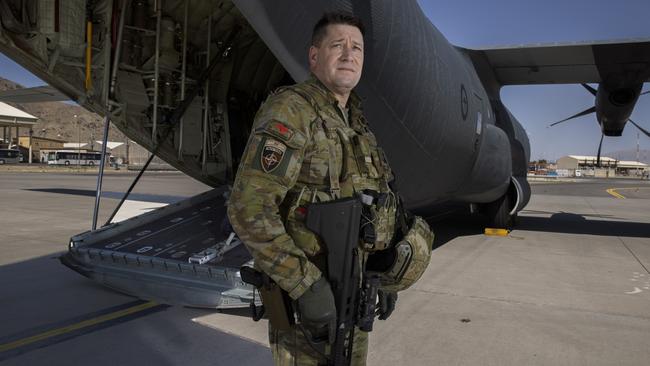


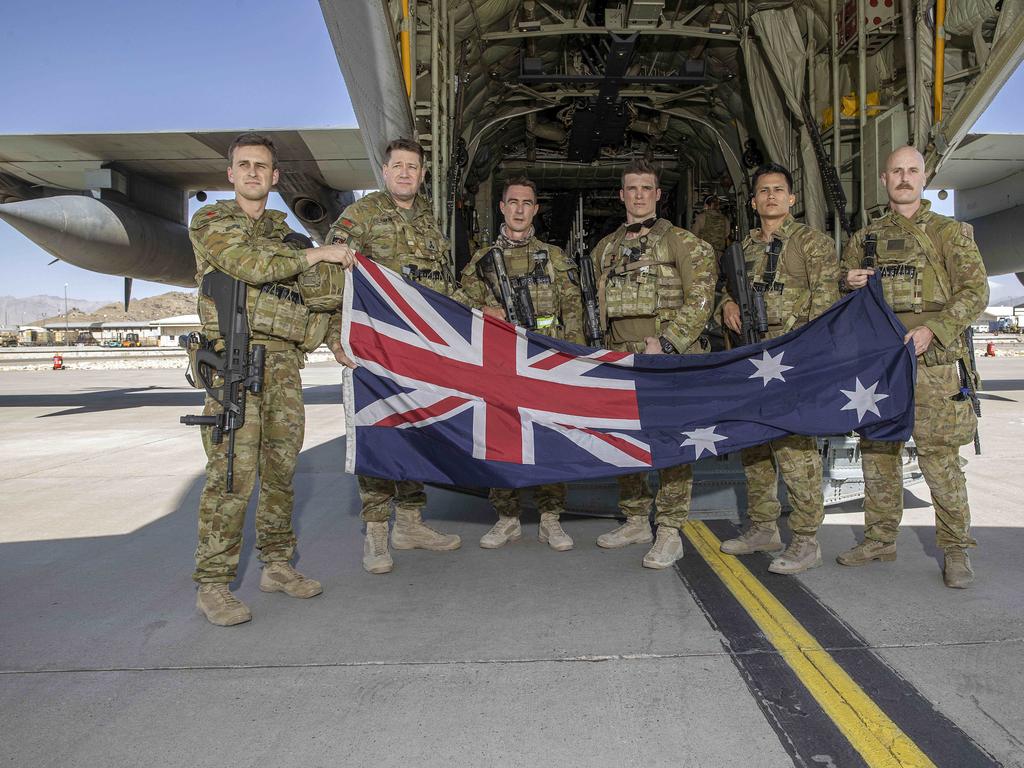
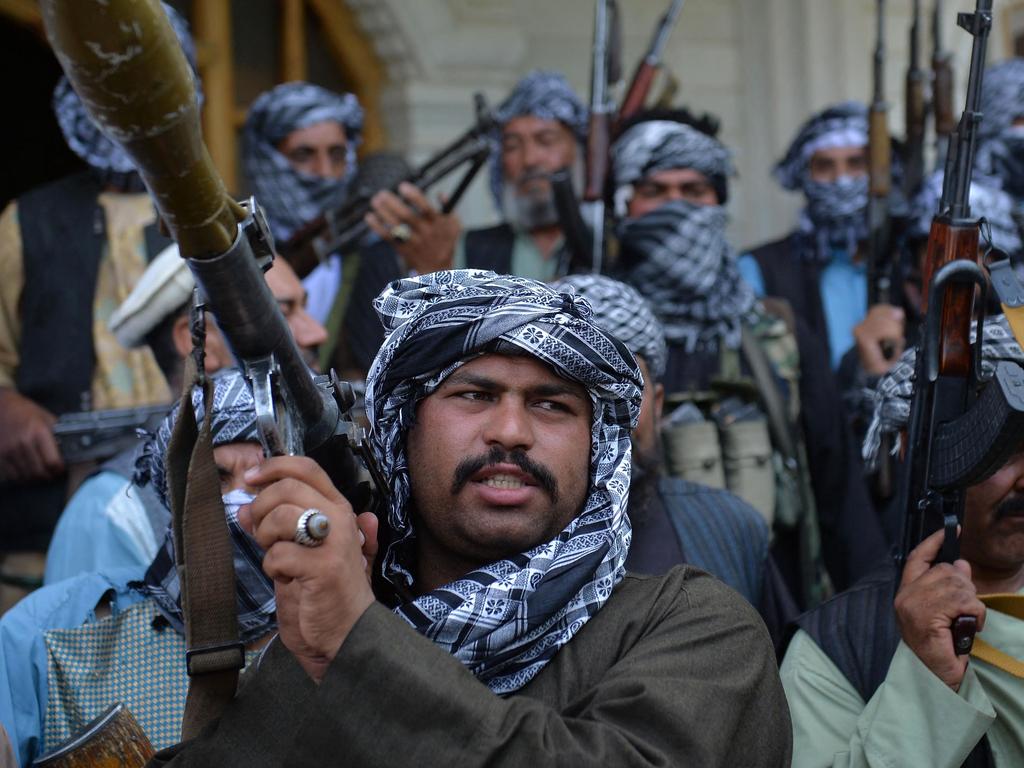
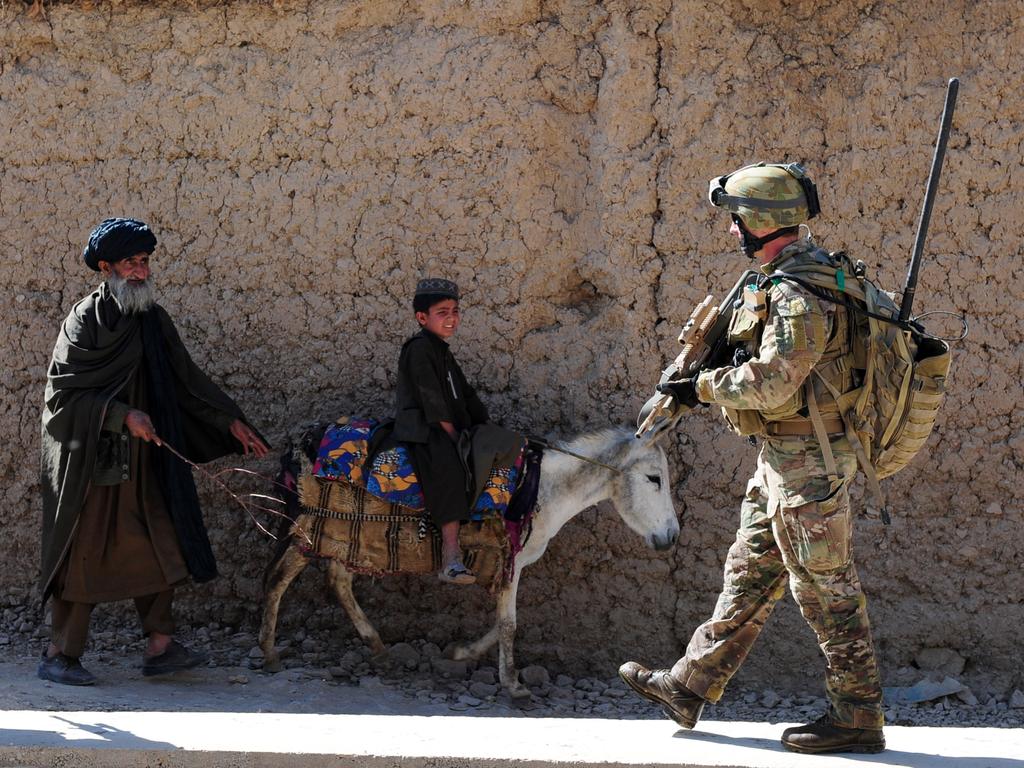


To join the conversation, please log in. Don't have an account? Register
Join the conversation, you are commenting as Logout